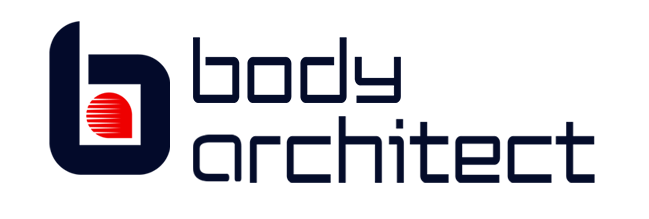Coaching Skills Guide
From day one, coaching focuses on what the clients want and what meaningful goals they’d like to reach.
The following skills will help accelerate your progress and demonstrate the nature of a co-active coaching relationship.
Accountability
The coach holds clients accountable to their vision or commitment and asks clients to account for the results of their intended actions.
Acknowledgement
Addresses the self and who clients had to be in order to accomplish the action they took or the awareness they achieved.
Big “A” Agenda
A meta-view, or how clients’ choices and actions relate to their big-picture agendas. At its core, the Big “A”consists of three principles of co-active coaching: fulfillment, balance and process.
Little “a” agenda
The small picture, the circumstances in the client’s life at the current moment. This agenda is focused on a particular event, the client’s choices around that event, or on the actions the client will take related to that specific event.
Asking Permission
This skill enables clients to grant the coaching relationship access to unusually intimate or sometimes uncomfortable areas of focus. It also gives the client the ability to opt out of hearing certain feedback from their coach.
Bottom-Lining
This skill focuses on having the coach and client get to the essence of their communication rather than engaging in long descriptive stories.
Brainstorming
Using this skill the coach and client generate ideas, alternatives and possible solutions. Some may be outrageous and impractical. This creative exercise is meant to expand possibilities. Neither the coach or client is attached to any of the ideas.
Challenge
A challenge is a request that stretches clients way beyond their self-imposed limits and shakes up the way the see themselves. A challenge, includes three things: (1) a specified action, (2) conditions of satisfaction, and (3) a date or time of completion. Clients will respond to a challenge with yes, a no or a counteroffer.
Championing
Championing clients means standing up for them when they doubt or question their abilities.
Clarifying
When clients are unable to articulate clearly what they want or where they are going, the coach clarifies their experience.
Clearing
When clients are preoccupied with a situation or a mental state that interferes with their ability to be present or take action, the coach assists by being an active listener while they vent or complain.
Designed Alliance
Coaches and clients begin designing their alliance during the discovery session. Both coach and client are intimately involved in designing the coaching relationship that will be most beneficial to the client.
Goal Setting
Clients live their Big “A” agendas by setting goals and following through. Goals keep clients focused and on track toward he people they are becoming.
Granting Relationship Power
The coaching relationship is separate from the client and the coach. Since the power of the coaching resides in the relationship between the coach and client. Both coach and client take responsibility for creating the coaching relationship that will most fully serve the client.
Holding Focus
Once clients have determined a direction or a course or action, the coach’s job is to keep them on track and true to that course. The coach consistently reminds the client of their focus and helps redirect their energy back to their desired outcomes and life choices.
Homework Inquiry
When the coach gives the client a power question as homework, the intent is to deepen the client’s learning and provoke further reflection. The inquiry is usually based on a particular situation that clients are addressing at the time.
Intruding
On occasion, the coach may need to intrude, interrupt or wake up clients who are going on and on or who are underestimating themselves.
Metaphor
Metaphors are used to illustrate a point and paint a verbal picture of the situation or feeling.
Meta-View
The meta-view presents the big picture and opens up room for perspective. This skill reconnects clients to their vision of themselves and a fulfilling life.
Perspectives
When clients see things from only one perspective, they are less resourceful and may be victimized by their circumstances. Perspectives help clients reexamine their view points and look at their lives or certain issues from different angles.
Planning
The coach helps clients articulate the direction they wish to take and actively monitors their progress.
Reframing
With reframing, the coach provides clients with another perspective by taking the original information and interpreting it in a different way.
Requesting
One of the most potent coaching skill is that of making a request of the client. The request, based on the clients agenda, is designed to forward the client’s action and includes three things: (1) a specified action, (2) conditions of satisfaction, and (3) a date or time of completion. Clients will respond to a challenge with yes, a no or a counteroffer.
Saboteur
The Saboteur concept embodies a group of thought process and feelings that maintains the status quo in our lives. It often appears to be a structure that protects us, but in fact it prevents us from moving forward and getting what we truly want in life. The Saboteur loses its power over us when we can identify it for what it is, notice our options in the situation, and then consciously choose the action we truly want at that time.
Structures
Structures are devices that remind clients of their vision, goals, or purpose, or the actions they need to take immediately. Collages, calendars, reminders are examples of a few structures.
Values
Values represent who you are right now. They are principles that you hold to be of great worth in your life. People often confuse values with morals, but they are not the same. Values are intrinsic to you and are distinctly yours as your fingerprint.

